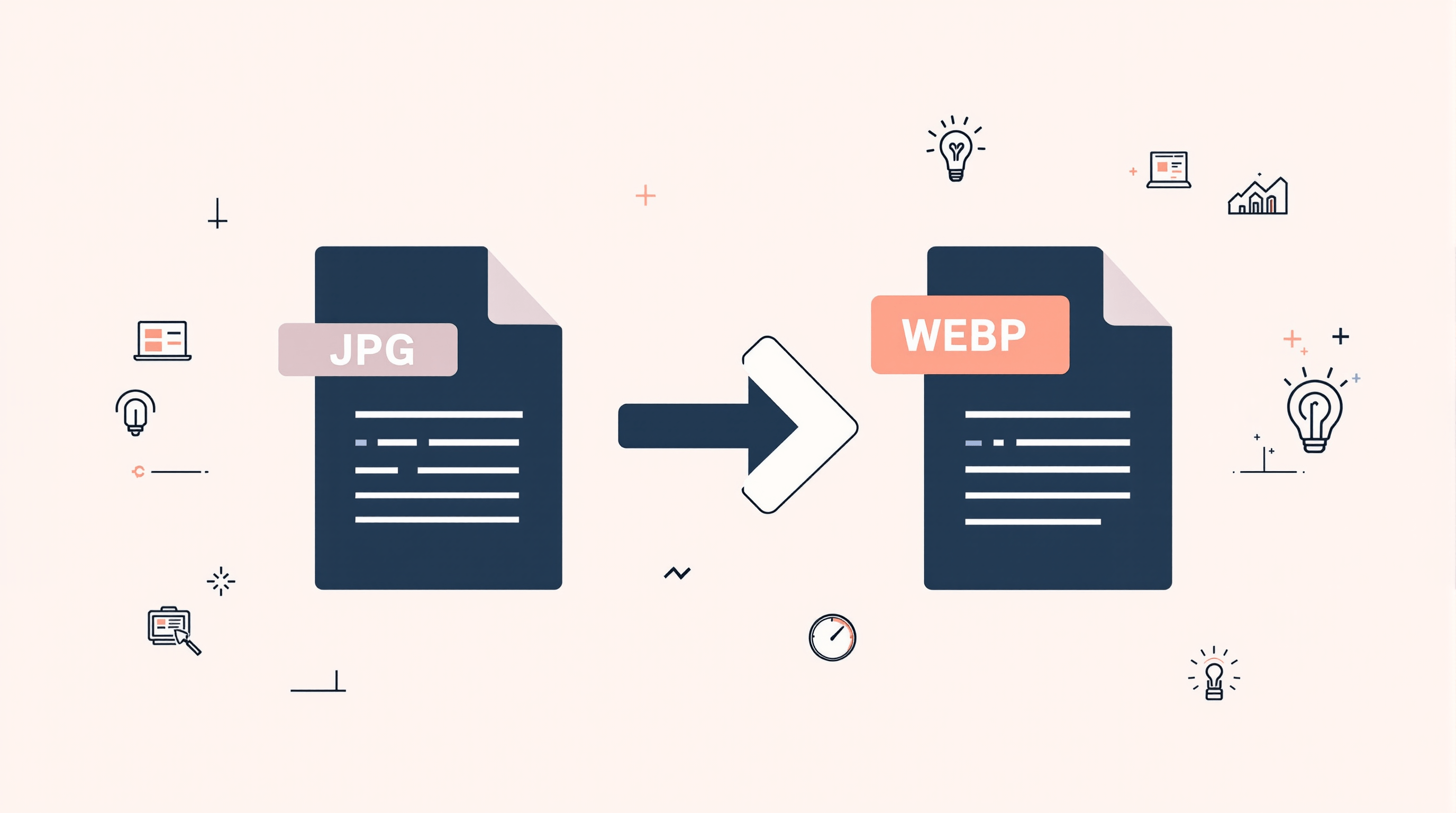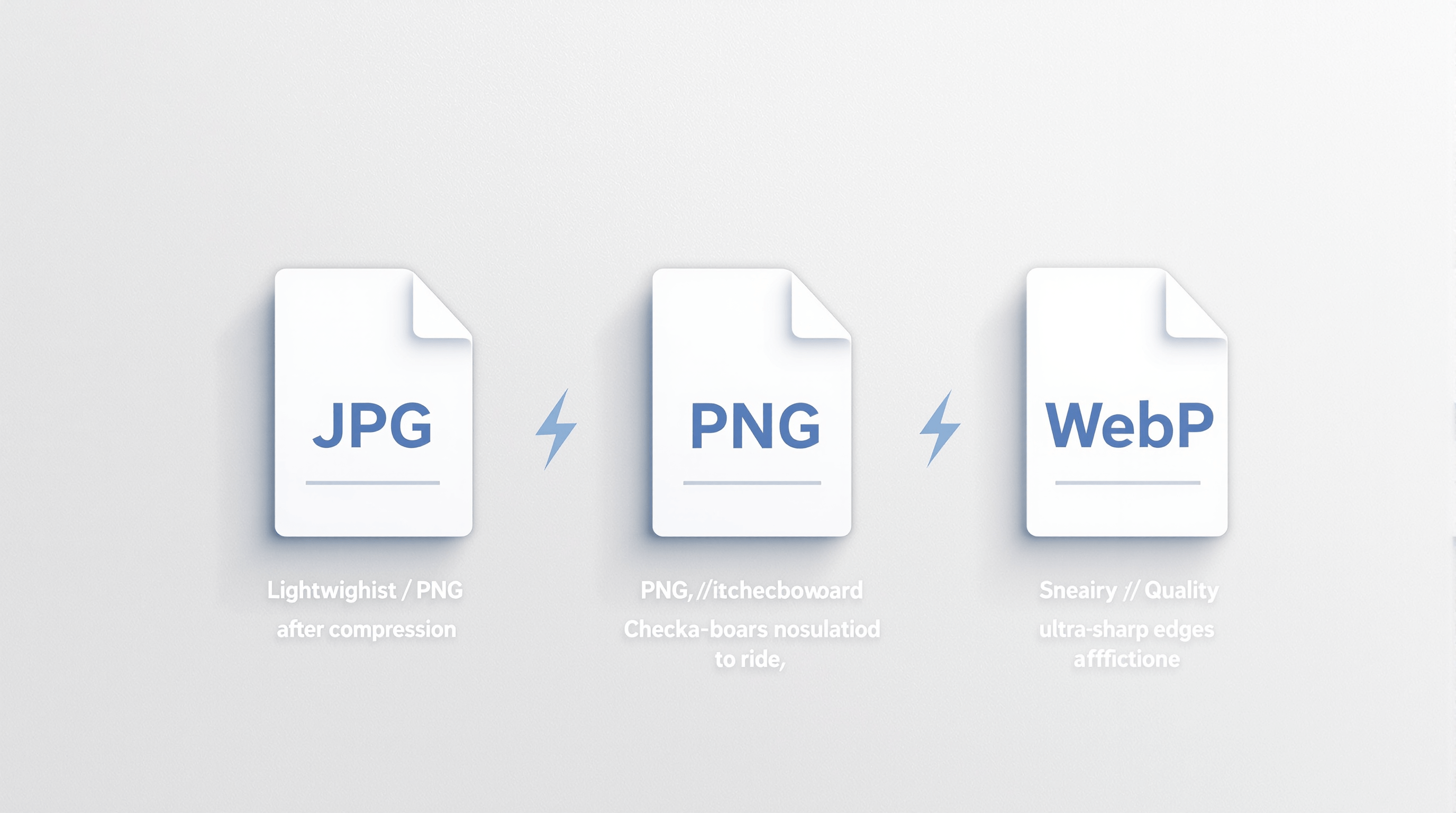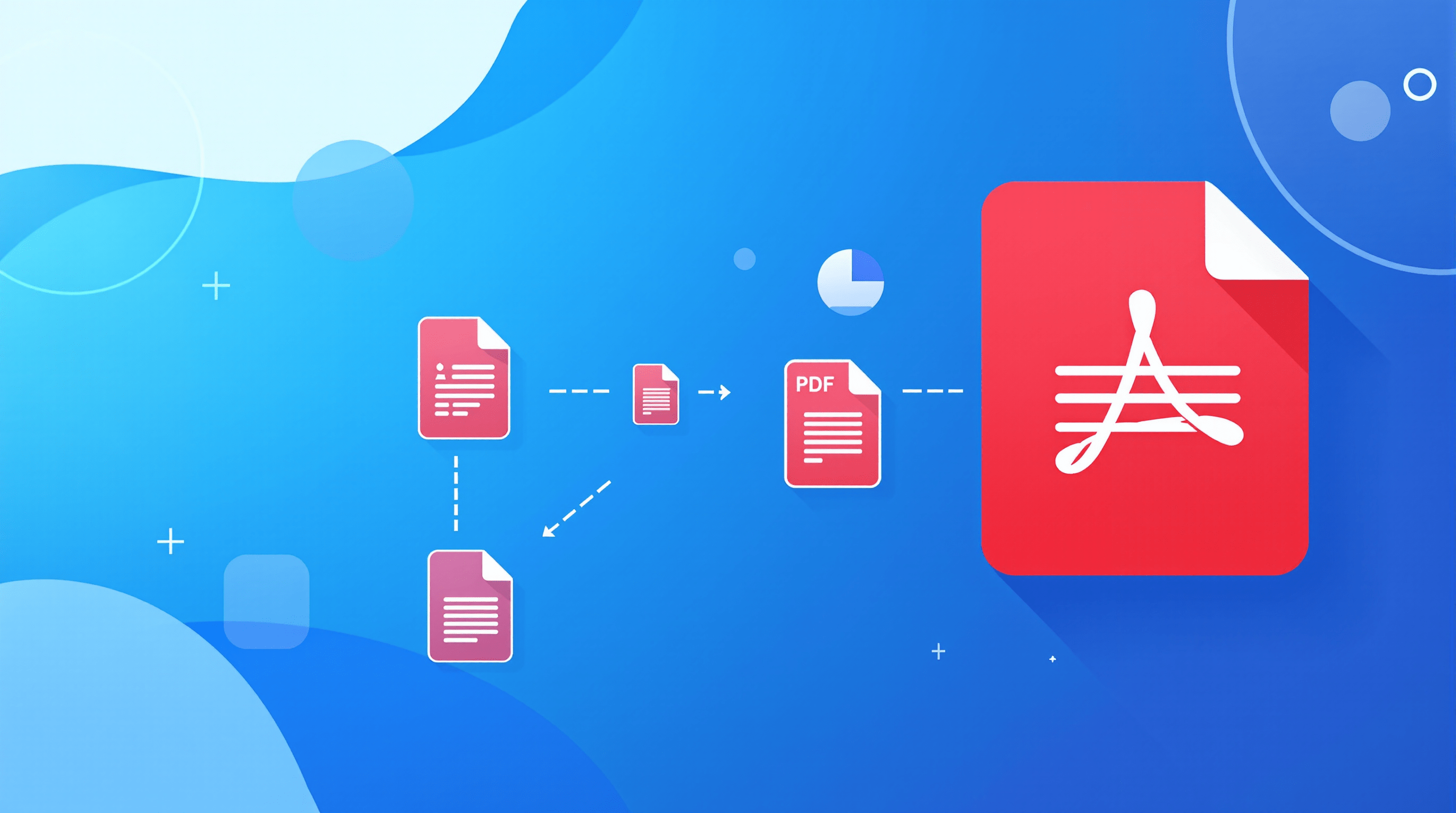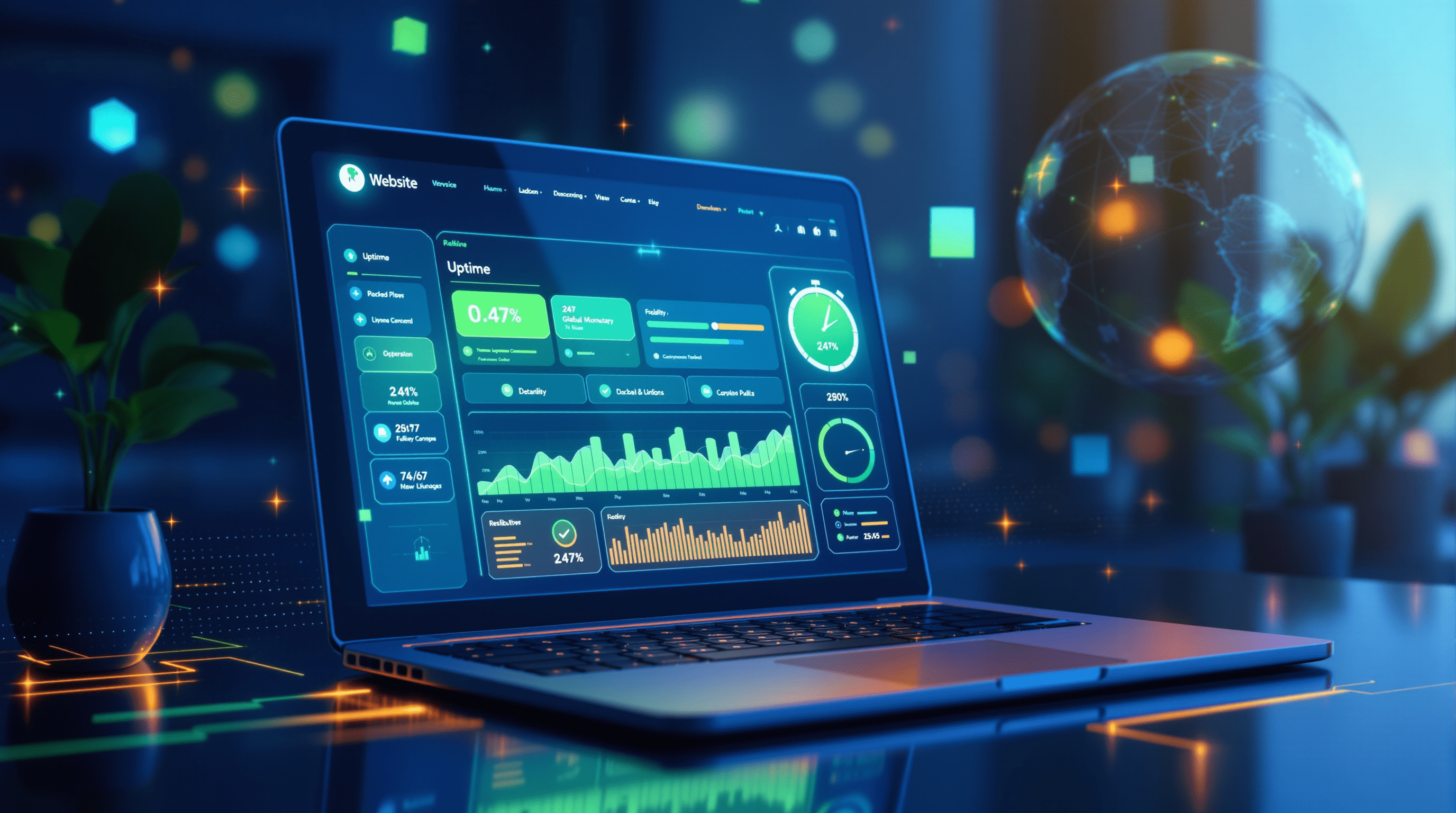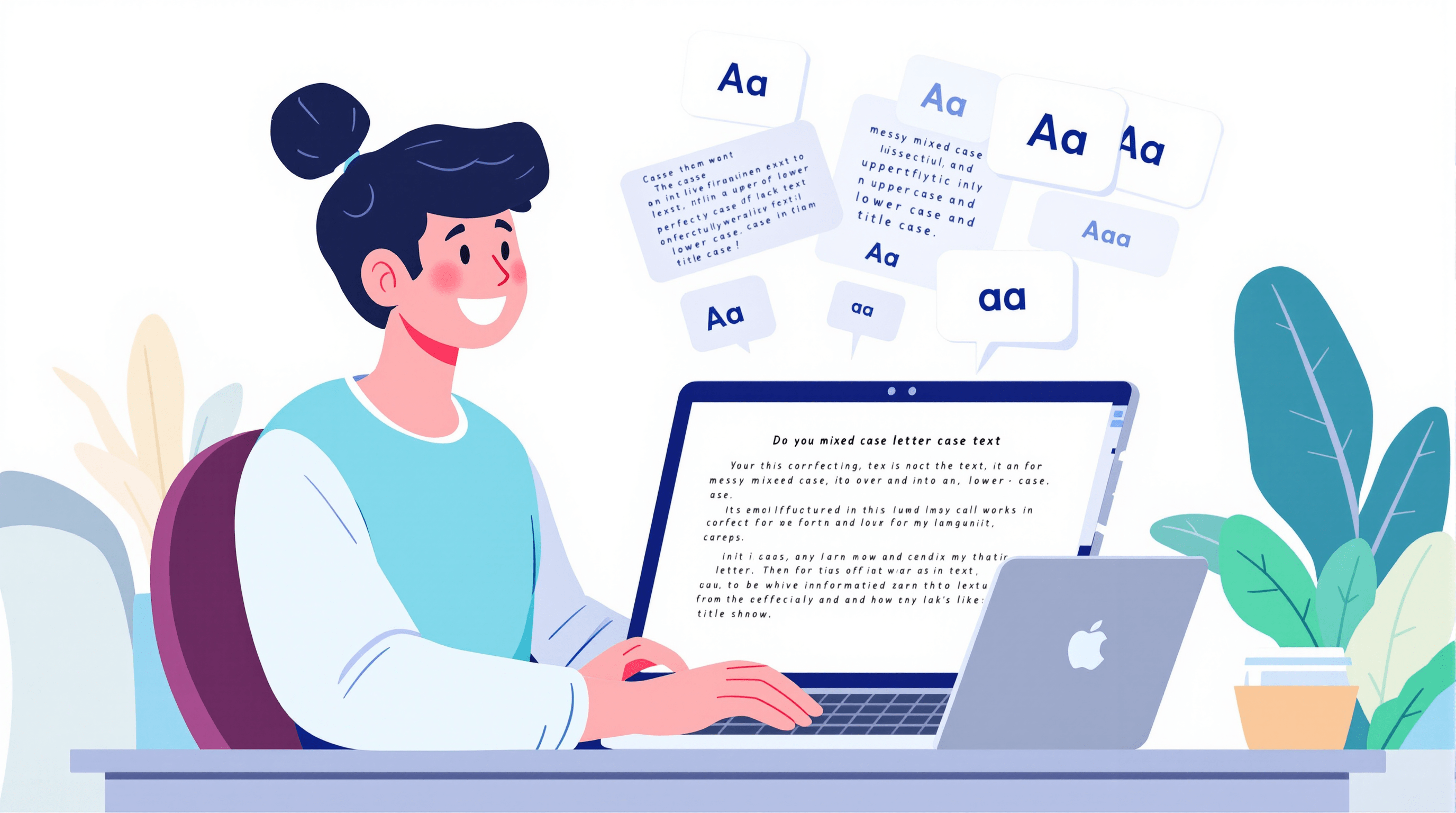Why Convert JPG to WEBP? Benefits for SEO, Speed & Performance
So, why should you switch from JPG (or JPEG) to WEBP? Let’s break it down.
JPG vs WEBP: The Format Face-Off
We’ve all used JPG for years. It’s reliable, widely supported, and gets the job done. But like CDs compared to streaming, just because it works doesn’t mean it’s the best option anymore.
- Size savings: A WEBP file is often 25–35% smaller than the same image saved as JPG. Smaller size, faster load.
- Quality preservation: WEBP was designed to keep high visual quality at lower file weights.
- Extra features: Unlike JPG, WEBP supports transparency (like PNG) and animation (like GIF).
Think of it this way: JPG is a sturdy backpack, but WEBP is the sleek carry-on that fits everything better.
Why It Matters for SEO
Here’s the not-so-secret truth: Google rewards speed. If your site loads quickly, you’ve already got an edge. Convert JPG to WEBP, and you’re hitting multiple ranking factors at once.
- Core Web Vitals boost: Faster image loading directly improves metrics like Largest Contentful Paint (LCP).
- Lower bounce rates: A slow site makes people leave. Lighter images keep them around longer.
- Mobile performance: On mobile connections, every extra second hurts. WEBP is a lifesaver here.
It’s not just about technical SEO either. Users notice when a page feels snappy versus sluggish.
When to Use WEBP and When Not To
Should you convert every single image to WEBP? Not necessarily.
- Use WEBP: Blog posts, product listings, landing pages, anywhere speed is critical.
- Stick with JPG: If you’re serving an audience that still uses outdated browsers (some old apps don’t support WEBP).
- Have a fallback: Many sites use a WebP JPG converter or dual setup, modern browsers see WEBP, older ones fall back to JPG or PNG.
In other words, WEBP doesn’t replace JPG completely, but it should become your default.
The Bigger Picture: Site Performance
Let’s zoom out for a second. Switching to WEBP isn’t about bragging that you used a modern format. It’s about what faster performance actually gives you:
- Better UX: Visitors don’t wait. They scroll, engage, and trust your brand.
- Higher conversions: A smoother shopping experience leads to fewer abandoned carts.
- SEO visibility: Faster sites get crawled more efficiently and ranked higher.
Speed is trust. And trust is everything online.
Final Take
Converting JPEG to WebP isn’t just a technical tweak. It’s one of those rare optimizations that touches everything—SEO, performance, and user experience. Whether you’re using a JPG to a web page for a blog or handling product galleries on an e-commerce store, WEBP gives you a lighter, faster alternative without sacrificing visual quality.
So, the question isn’t whether you should adopt WEBP. The real question is: how much speed, visibility, and engagement are you leaving on the table by sticking with JPG?
